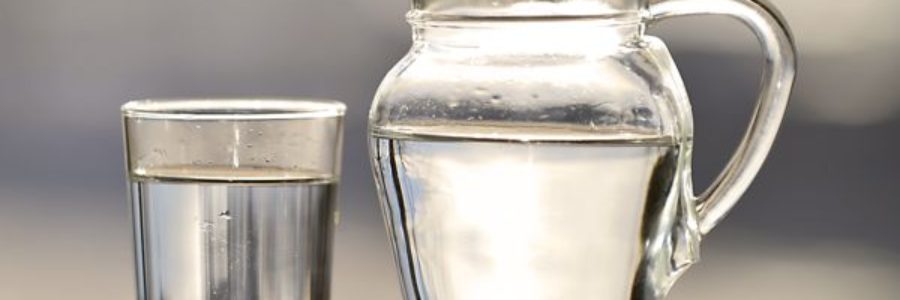Conservation authorities create micro website with tips on protecting drinking water sources in vulnerable aquifers and recharge areas
Keepingwaterclean.ca easy-to-remember name with ideas on how to help protect drinking water
There are four types of areas in Ontario where municipal drinking water sources are considered most vulnerable to contamination. A new website focuses on protecting water in two of those areas. The Ausable Bayfield and Maitland Valley conservation authorities have created a new micro website called keepingwaterclean.ca. This is one way staff members in the two watersheds are sharing simple ways to keep drinking water clean and safe in vulnerable aquifers and groundwater recharge areas.
Locally-developed drinking water source protection plans took effect in April of 2015. Drinking water source protection staff and municipal risk management officials have been focusing on the management of activities near municipal wellheads. There are three other types of areas, however, where people can make an extra difference in reducing risk to local drinking water supplies. Ontario’s Clean Water Act, 2006 lists four types of areas where municipal groundwater or surface-water sources may be at most risk. The area of main focus in this region is municipal wellhead protection areas (WHPAs). The other vulnerable areas are surface-water intake protection zone (IPZs); highly vulnerable aquifers (HVAs); and significant groundwater recharge areas (SGRAs).




